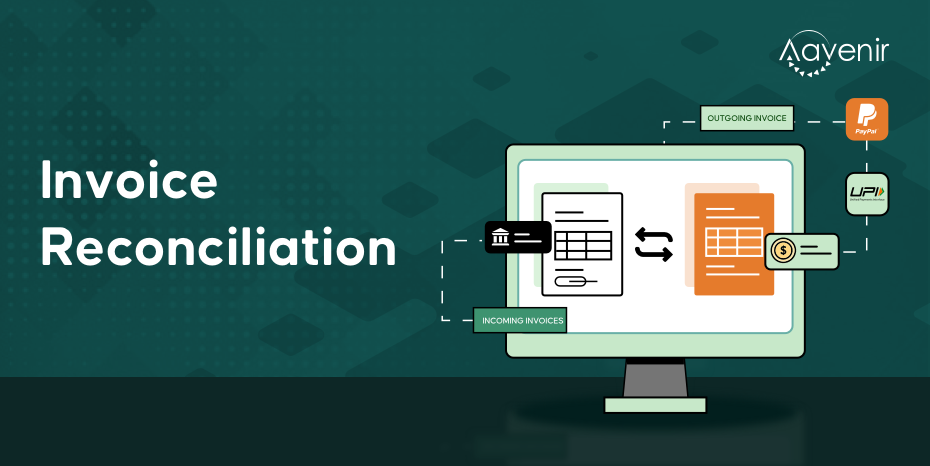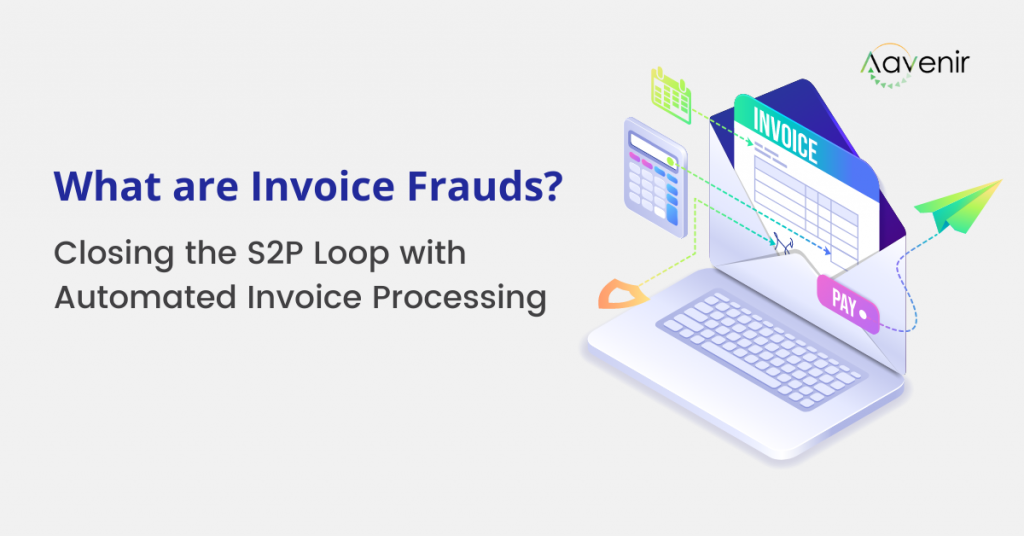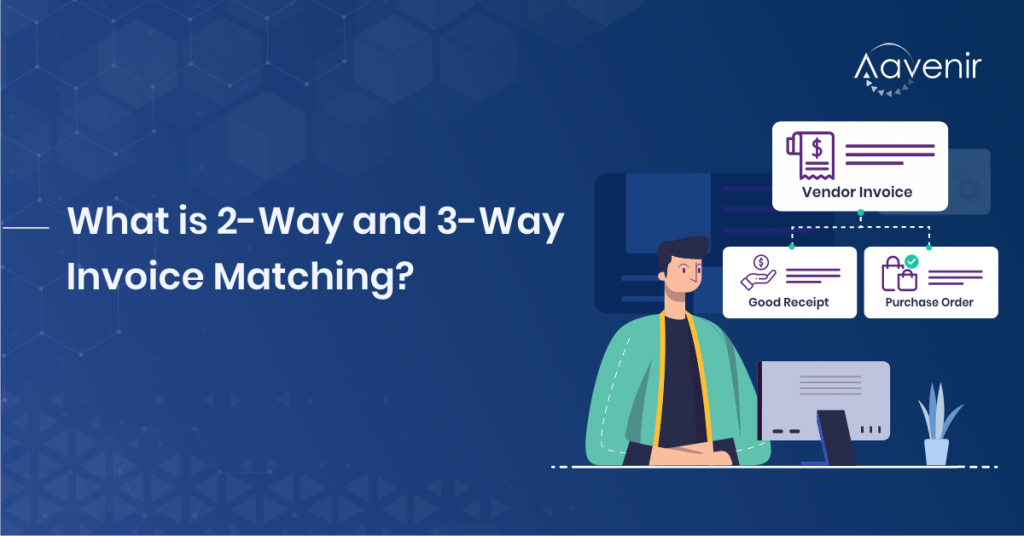What is Invoice Reconciliation?- Definition
Invoice reconciliation is the process of matching bank statements to the outgoing and incoming invoices to make sure that all accounts are clean and every book entry is correctly matched. Learn more about the Invoice reconciliation software.

Understanding Invoice Reconciliation
The invoice reconciliation process is a process of confirming and matching every piece of information in invoices. The process includes sorting each and every invoice to match with corresponding bank statements, so each account can be balanced.
In accounting terms, reconciliation means using more than one record to make sure that all figures are identical and are in agreement with each other. It can also mean that the organization is trying to confirm each account payable and the invoices within a given period, to reach a balance.
Reconciliation provides stability and accuracy to financial accounts and reports.
Why You Should Have Invoice Reconciliation?
Performing invoice reconciliation is mandatory for businesses regularly. This is the best suitable way for accountants to examine specific accounting records and bank statements. Based on their findings they need to update the status of invoice amount and transactions made for that particular period. The reconciliation procedure will help you up-to-date your bank statement and account operations so that you can keep track of each and every transaction on a regular basis.
How Do You Reconcile an Invoice?
Invoice reconciliation is important for keeping your accounting records up to date and avoiding fraud. Matching the information from bank statements to the invoices you have going out or coming in, keeps you on top of who has and hasn’t paid you and which bills of yours are outstanding.
Here are some key tips on how to reconcile your invoices.
Use Software
Inputting data that you need for reconciliation shouldn’t be hard work or take a lot of time. Not everyone who owns a business has the time, interest, or skills to manage figures on a spreadsheet. To simplify this process, the best solution is to use an online accounting software program to match your payments on your bank statement to your open invoices.
Find The Right Process
The software can take much of the strain off of invoice reconciliation. It will also help guide your administrative process. First, organize your supplier invoices by month, so you can run reports to show overdue payments. This will help you have a smooth and simple reconciliation process. Suppliers will likely have their own ways of labeling and formatting their invoices. Make sure you understand where you can find important information like reference numbers, due dates, and other key data.
Create A Checklist
Develop a checklist to use as a part of your invoice reconciliation process to help you work through instances where you can’t reconcile the numbers.
The checklist could cover such areas as:
- Did a bank or other financial intermediary charge transfer or currency fees?
- Is the remaining balance going to be paid later?
- Did you offer a discount for early payment?
- Has the supplier under- or over-charged?
- Has an amount been rolled over from a previous balance?
What Are Invoicing and Reconciliation?
Invoicing is the process of creating an itemized bill for goods sold or services provided, containing individual prices, the total charges, and payment terms. While reconciliation is the process that uses two sets of records to make sure money leaving an account matches the money being spent and that accounts are balanced at the end of the reporting period.
Explore Additional Resources to Know More




